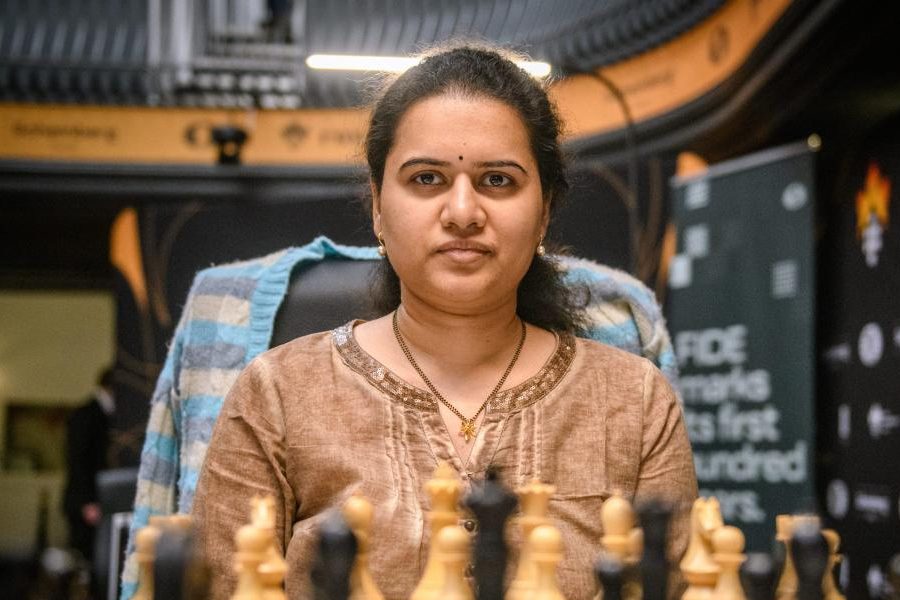The exhibition, From the Depth of the Mould: Meera Mukherjee (1923-1998), A Centenary Tribute, recently organised by Galerie 88 may have reminded viewers of Rabindranath Tagore’s song, “Bipula taranga re”, for Meera Mukherjee’s sculptures seemed to be animated by a mighty wave of joy and light that churns the heavens, confounds the past with the present, sways the sun, moon and stars, galvanises our consciousness and gyrates the world. Mukherjee had herself written in the account of her travels in Bastar, where she sought out tribal master artisans to learn from them the age-old techniques of moulding sculpture, that the Adivasis were exuberant and brimming with joy and happiness and, yet, they seemed to have an understanding of the deepest secrets of the world.
The exhibition had a few well-chosen sculptures by her on display. A book bearing the same title as the exhibition (published jointly by Galerie 88 and Jadavpur University Press) carries a wealth of photographs by Arun Ganguly that document the entire rigorous and back-breaking process of Mukherjee’s work from conception to birth, involving skilled artisans.
![Boatman by Meera Mukherjee [Gallerie 88]](https://assets.telegraphindia.com/telegraph/2024/Aug/1723858439_art2.jpg)
Boatman by Meera Mukherjee [Gallerie 88] Sourced by The Telegraph
Even when she depicted violent death — as she did in the poster commemorating the slaying of Shankar Guha Niyogi, the fiery trade union leader who had established the Chhattisgarh Mukti Morcha and was killed on September 28, 1991, and in the (missing) sculpture provoked by the murder of the activist, Mohan, in the mid-1980s — it seemed to be an extension of the cycle of life. The second figure in the poster with flowing locks is Pravir Chandra Bhanj Deo, the ruler of Bastar state in Madhya Pradesh, who championed the rights of his Adivasi subjects and who was felled by police bullets on March 25, 1966. The figure has a lot in common with Meera Mukherjee’s Durga for Bakulbagan, where the goddess is the personification of nature with creepers and other vegetal life sprouting from her person.
The same vital sap of life invigorated her sculptures that were on display. She borrowed her ideas from the lives of ordinary people who surrounded her and collaborated with her in her act of creation. The woman carrying a bundle of edible saluk flowers (picture, left) is still a common sight in villages, markets and local trains. It would not be an exaggeration to posit that Meera Mukherjee turned her into a figure rooted to the earth like a tree, a part of the life force that quickens the universe. The sail boat with its passengers becomes an allegory of life and the power of the imagination, as in Tagore’s lyrical “Amala dhabala paale legechhe manda madhur hawa…” The powerful, tall and wiry body of the boatman with a never-ending torso holds an oar with both hands as he navigates presumably a swiftly flowing river (picture, right). It is pure form without any details. His figure responds rhythmically to the ebb and flow of the river, a dynamic representation of the lustiness of nature. Ramdhanu, too, develops organically as if it were a living form like a tree or a creeper. The graceful and elegant figure of the archer — perhaps an Adivasi — is taut as he is caught in a moment when he is about to release an arrow. A trained musician, it is quite evident that Mukherjee responded spontaneously to music.

![Lady with Saluk Flower by Meera Mukherjee [Gallerie 88]](https://assets.telegraphindia.com/telegraph/2024/Aug/1723858377_art1.jpg)








